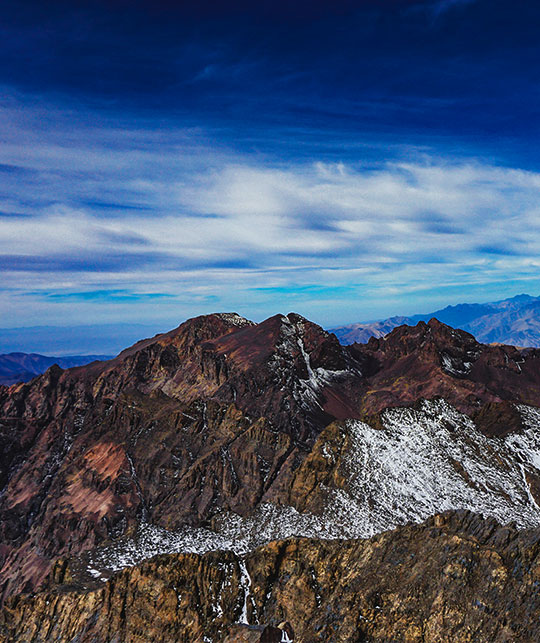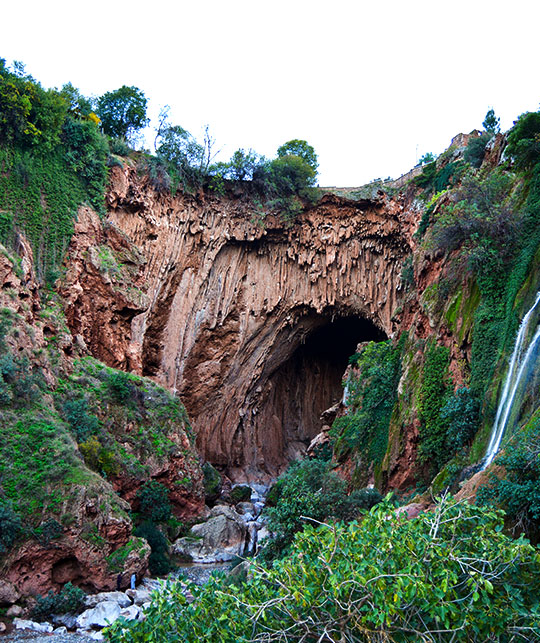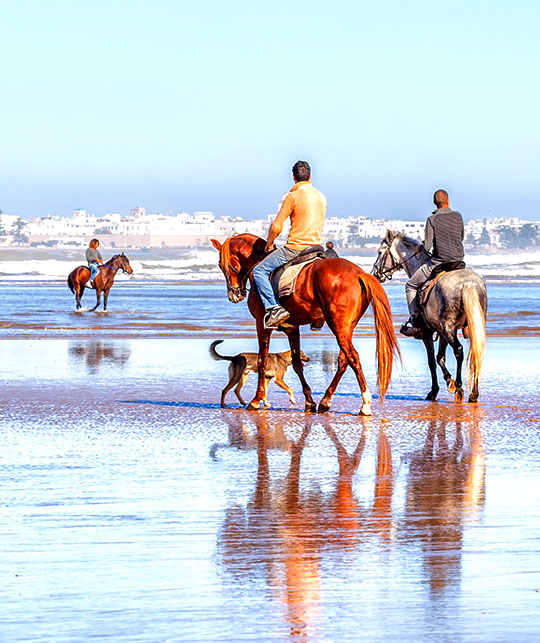A craft with various influences
A magnificent bay, beaches with expansive golden sands and sunshine 360 days year-round … A plethora of attractions in the beautiful Agadir to which we must add the pleasures of shopping ! Well positionned, the city benefits from a hinterland rich in local products. It is also a meeting place where Arab-Muslim and Amazigh civilizations converge, but also a place that honors the small arts of everyday life.
Experience the best of shopping in the rebuilt medina of Agadir. Roam through its bright streets perfumed by eucalyptus trees and resonating with the sound of craftsmen making their works. Go to the El Had souk, where you’ll find everything that makes the charm of the Moroccan markets. The stalls are overflowing with fresh fruit, and spices are bathing these lively streets with heady fragrances. Elsewhere, other shops are dedicated to clothing, leather and copper work.
Walking through Agadir and its region is also to discover the nomadic craftsmanship, and the popular jewellery. In the Souss, in Tiznit, Inezgane and Taroudant, craftsmen offer unique little marvels : from earrings, to necklaces and silver pendants decorated with coral, to coloured glass beads and amber.
Shopping in Agadir takes you on a cultural journey. From shop to shop, explore the little treasures of local craftsmanship !











